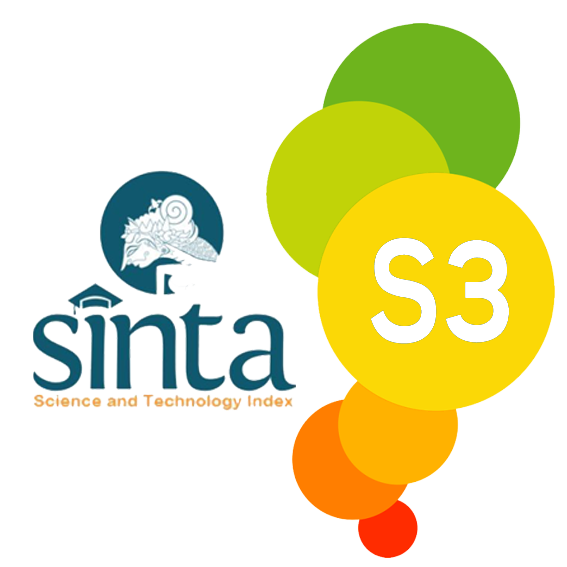Development of Subak Lestari as a sustainable tourism attraction in Denpasar city
DOI:
https://doi.org/10.31940/ijogtra.v5i2.114-128Keywords:
development, subak lestari, sustainable tourismAbstract
This research examines the management and development of Subak Lestari as a sustainable tourist attraction in Denpasar City. Subak Lestari consists of five pilot subaks namely Anggabaya Subak, Umadesa Subak, Umalayu Subak, Subak Intaran Barat and Subak Intaran Barat Timur. The purpose of this study is to analyze institutional management and formulate a strategy for developing Subak Lestari as a sustainable tourist attraction in Denpasar City. This study uses an interpretive qualitative analysis method. Data collection was carried out through literature study, observation, in-depth interviews, triangulation and focus group discussions (FGD) with key informants including Subak Lestari officials, Denpasar City Government Agencies, Expert Team from academics who designed Subak Lestari, the Government and Pokdarwis in the Village and local Villages, as well as tourism actors. The results of this study found that there is a need for special management that manages Subak Lestari as tourist attraction, comprehensive HR training and assistance from related agencies, construction of tourism support facilities that still pay attention to paddy field productivity, implementation of policies and giving strict sanctions for violations related to land conversion and outreach to the community regarding the benefits of subak development as a sustainable tourist attraction. The conclusions from the research results are (1) Krama Subak is expected to maintain awig-awig in preserving agricultural land and open up to the concept of developing Subak as a tourist attraction; (2) the government is responsible for determining policies and collaborating with various related parties; (3) Academics conduct studies on concepts that are suitable for development in Subak, especially as a tourist attraction; (4) The community participates in preserving the Subak environment which has been designated as a tourist attraction.












